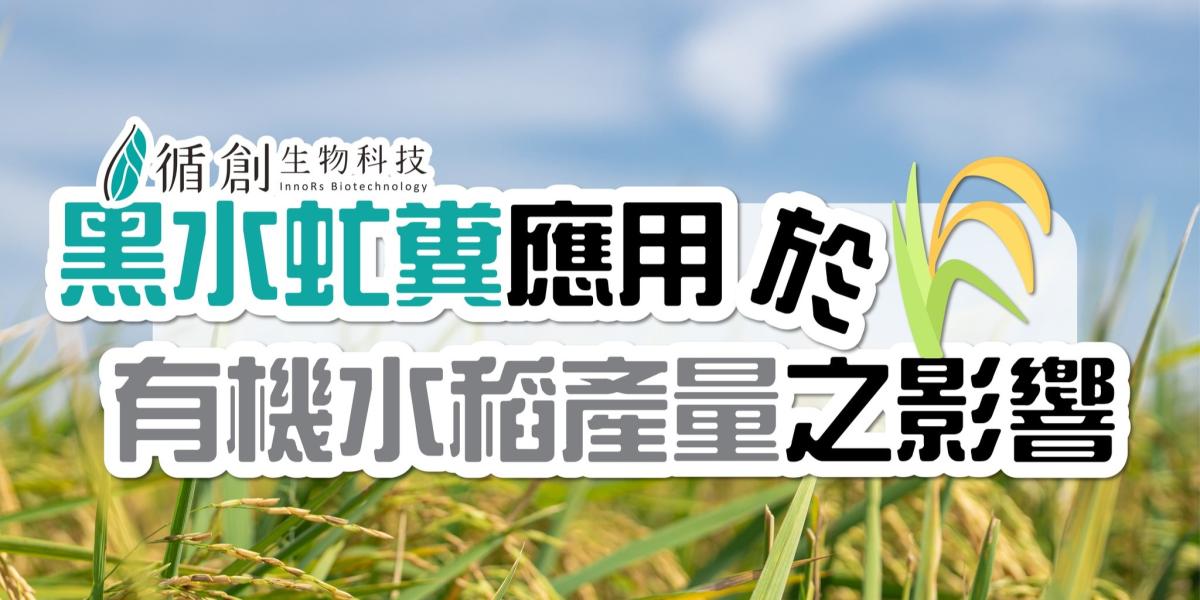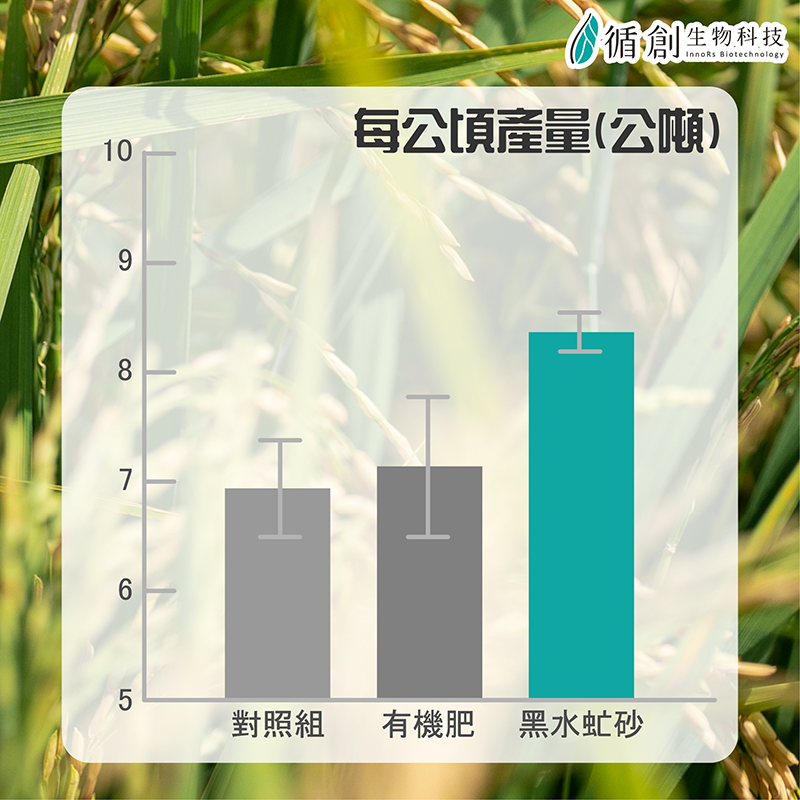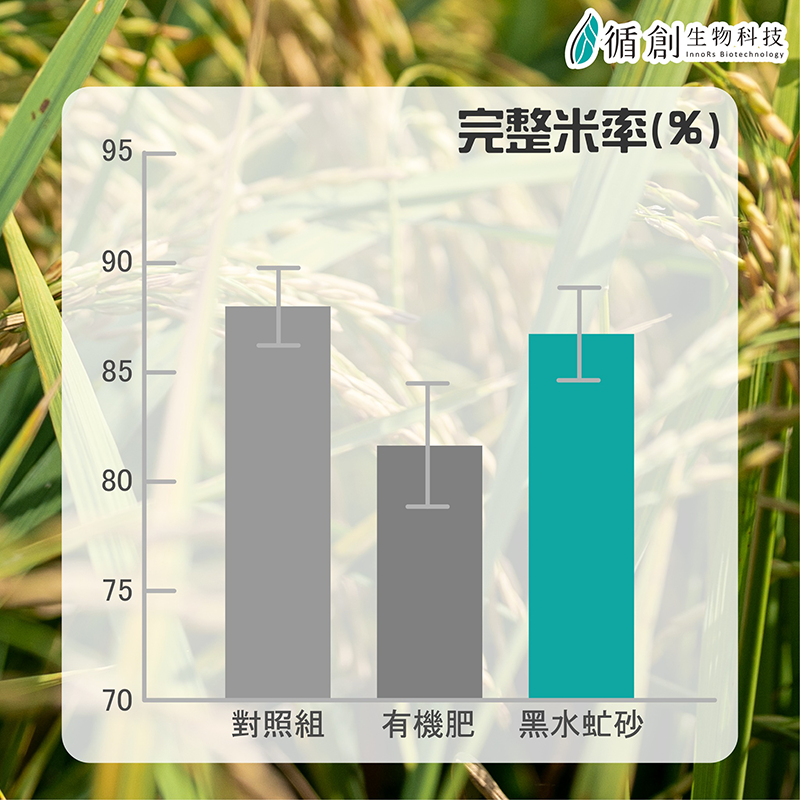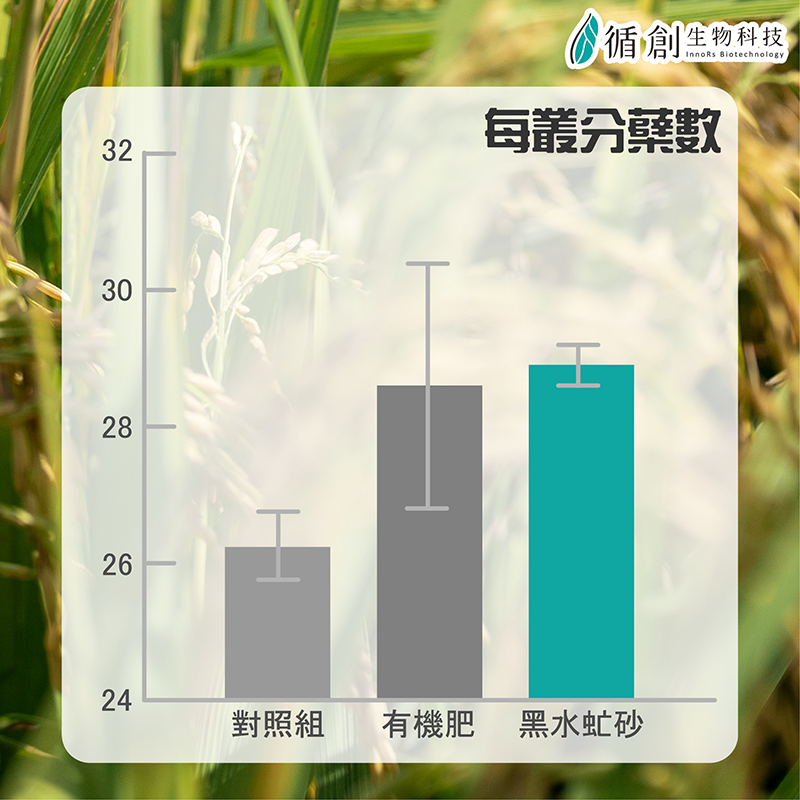Impact of Black Soldier Fly Frass on Organic Rice Yield
Impact of Black Soldier Fly Frass on Organic Rice Yield

Our black soldier fly frass increased the organic rice yield by 1,172 kg per hectare.
Test results
- The black soldier fly frass group had the highest yield, with a harvest of 8,364.9 ± 187.3 kg per hectare.
- The black soldier fly frass group had the highest full grain rate at 86.7 ± 2.1%, resulting in the highest product yield among the three groups.
- The black soldier fly frass group had the highest number of tillers per clump, with 28.9 ± 0.3 tillers.



Q. Reasons why black soldier fly frass significantly increases rice yield?
In this trial, after testing the nitrogen content of the soil, appropriate amounts of fertilizer or black soldier fly frass were applied. Despite similar nutrient conditions across the three test fields, the black soldier fly frass group showed significantly higher yields compared to the other two groups. We believe a key factor may be that the probiotics in the black soldier fly frass effectively activated the soil, allowing the rice to utilize soil nutrients in a more environmentally friendly manner.
Q. Full grain rate vs. hectoliter weight?
In addition to harvest yield, the grain completeness is a crucial factor in determining the final product yield and is therefore highly valued by rice growers. Through image analysis, we observed that while the full grain rate of the black soldier fly frass group was approximately 1.3% lower than the control group, the actual product yield was 1,172 kg higher!
Q.Number of tillers per clump ?
The number of tillers refers to the number of branches or shoots in rice plants. Generally, a very high number of tillers may not always lead to effective grain filling and can even result in nutrient wastage. The results show that black soldier fly frass has a positive effect on maintaining an optimal number of tillers and promoting effective grain formation.
The test results provide a reference, but actual fertilizer application should still be adjusted based on soil conditions, cultivation methods, and plant growth status.